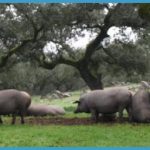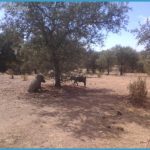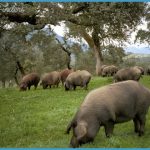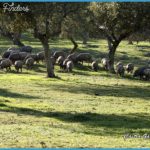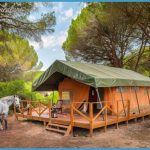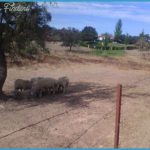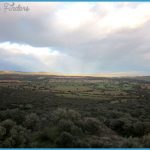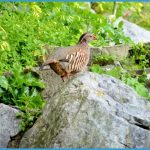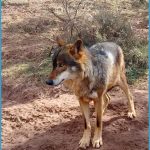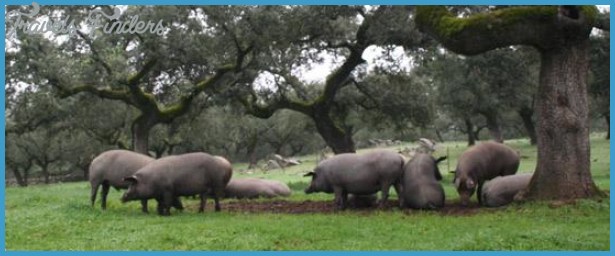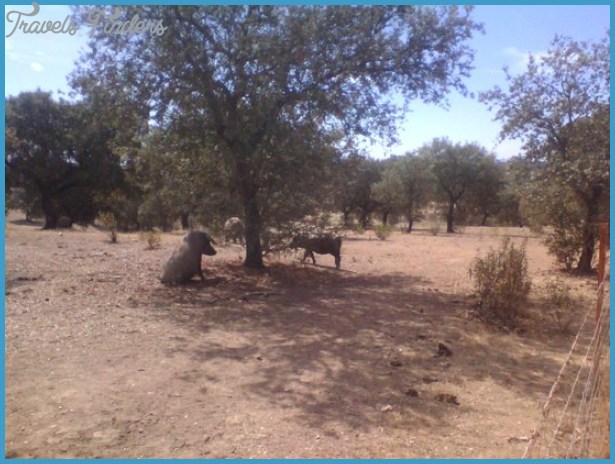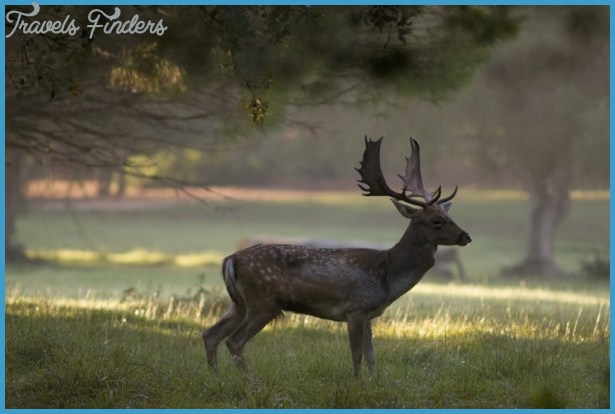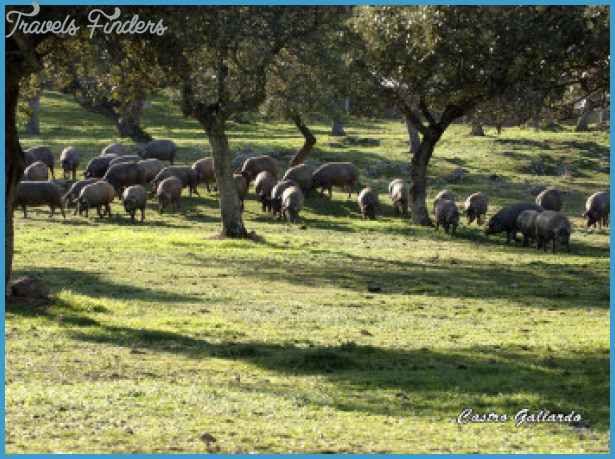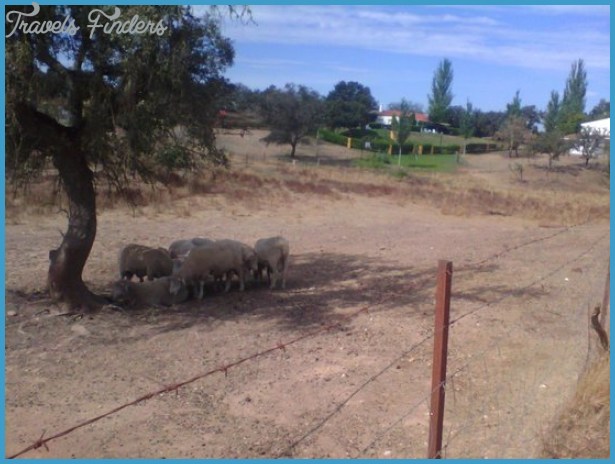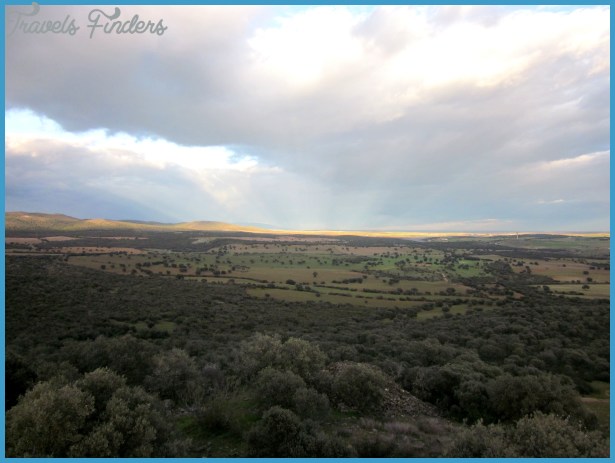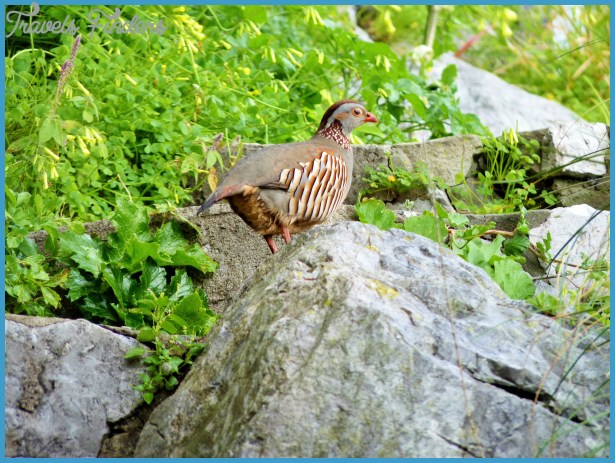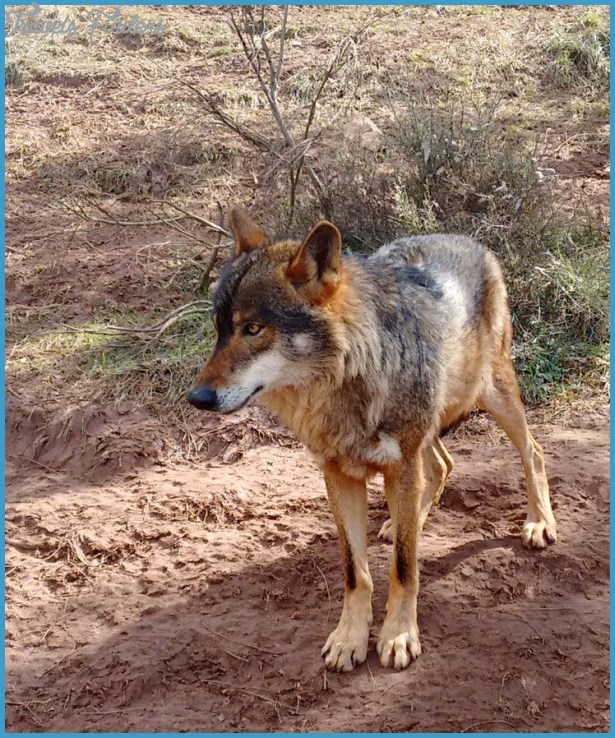For a wildlife enthusiast, it is difficult to convey the riches of the dehesa without talking in superlatives. For amongst the threatened bird species here that depend on this habitat are the ultra-rare Spanish Imperial Eagle, about 300 pairs of which survive; the massive Black Vulture, Europe’s largest bird of prey; and the magnificent Black Stork, all of which use the dehesa for hunting, but breed on distant cliffs or in more dense forested country. The little paper-swallow-like Black-shouldered Kite, a gorgeous, pale grey and black bird of prey more characteristic of the African savannah, does the opposite. It nests in dehesa trees but hunts mainly on the open plains, searching for small rodents, lizards and large insects to hover over in silence, then drop on to kill.
A few weeks before, at the end of February or early March, the distant throaty honking of a flock of elegant Common Cranes wheeling somewhere high in the cool air would have been the signal that they were shouting goodbye to their winter home. This year I am too late to see them. Fuelled by energy-rich dehesa acorns for their long haul flight back to their Scandinavian and Russian breeding grounds, they would have been starting out on their first leg northeast up to northern Spain. All winter, umpteen small groups of Europe’s 60,000 cranes – 4-feet-tall birds with tails reminiscent of an Edwardian lady’s bustle – would have strutted through these dehesas. Even though I’ve seen them many times, I can’t help but find these supremely elegant birds a thrilling sight. Now they are gone for another year.
It is so easy, on a spring morning such as this, to get carried away with the entrancing beauty of the dehesa. And just as easy to forget that it is, without doubt, an arid and a harsh landscape too. Bread-oven hot in midsummer, ice-cold in winter, this man-made habitat covers over 30,000 km2 of rolling land in western Spain and eastern Portugal. That’s an area of land larger than Belgium and Luxembourg put together.
But how was it created? One theory is that in the turbulent 16th century when the conquistadors – Francisco Pizarro, Hernan Cortes, Francisco de Orellana and others were destroying the ancient Inca and Aztec civilisations of Southern America with Spanish swords, equally sharp steel was being used by a much larger army of peasants to cut down the primeval forests of Extremadura, Spain’s westernmost region. But the Extremenos were seemingly more selective than their brother conquistadors in what they felled. Creating land for sheep grazing from the forest, they understood the importance of leaving some trees for summer shade and to harvest the products the oaks yielded.
There are alternative explanations; one is that the dehesa could have been created by setting forests alight – an easy task in the blistering summer heat when every scrap of vegetation here is tinder dry – and the burnt ground planted with Holm and Cork Oaks. The scattered Cork Oaks with their naturally thick, fire-protecting bark might have been the only trees to survive such a conflagration because Holm Oaks, the other major dehesa tree, don’t possess thick, corky bark to protect them in a fire.
Dehesa Wildlife Travel Destinations Photo Gallery
However it came into being, the dehesa remains a living landscape supporting one of the most sustainable farming systems I know of. The farms, known here as fincas, average perhaps 600 ha apiece but with some much larger; they support a little cereal growing in more open areas – usually oats or barley varieties suited to dry conditions – and use little or no fertiliser or pesticides. Elsewhere under the dehesa oaks, livestock grazing is the main land use.
Sheep are the usual graziers, goats only occasionally. Deer, necessitating high fences to keep them contained, less so. Cattle are common too; red-brown or black, fighting bulls are frequently raised in the dehesa to become the toro bravos of the corrida where a heady mix of death, bravery, costume drama and sensual performance all intermingle. It is a controversial spectacle, much criticised outside Spain. But it’s still popular here, particularly in Extremadura and Southern Spain, and its continuation plays a role in supporting the dehesa economy.
Then there are the pigs. Delightful, small, dark pigs. Near-black Wild Boar descendants, they roam in small herds and feast on the copious quantities of acorns that fall in autumn, often competing with the cranes that do the same. The ham produced from these pigs – jamon de bellota – is flavoured with the taste of acorns and commands high prices, both in Spain and abroad. I’m not a meat eater but am told it’s a delicacy. Any bar worth its olives in every village here in Extremadura will have jamon de bellota available. Invariably, the hams will be hanging from the ceiling on large hooks, a new one taken down for slicing whenever the previous one has given up every scrap of its delicately-fragranced meat. They are hard to miss.

